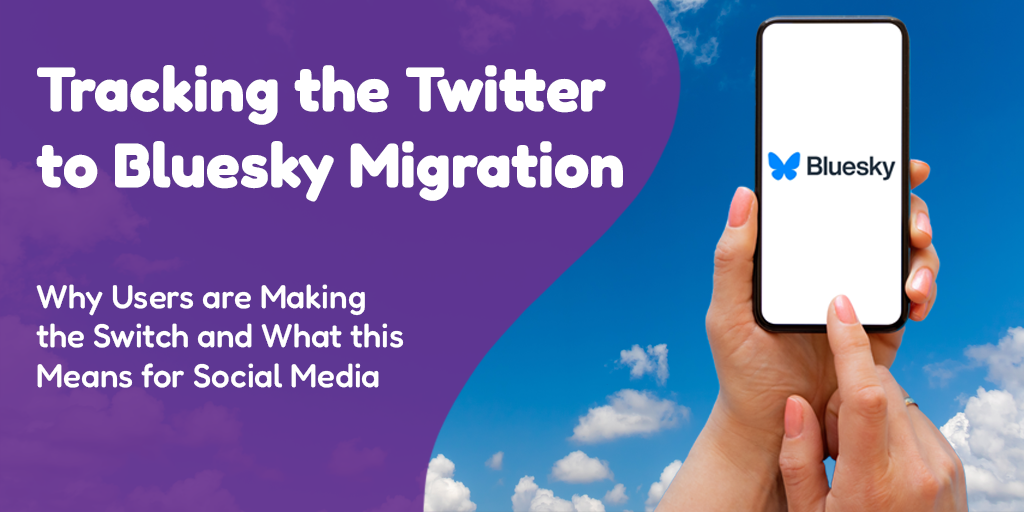What does it really mean when you use someone else’s image without copyright credit?

An important aspect of social media management is understanding your usage of images. Images are an important tool when it comes to promoting yourself; people are often times very visual and are drawn to articles with images, as well as posts on feeds that have images versus posts that don’t.
The thing with images is that you can’t use any old image you find on the web. To do so can be social media suicide. I remember a case of a restaurant that was soon to open that had many pictures of food on their brand new Facebook. When someone found out they were taking the images from other restaurant’s websites, people were understandably upset. When the restaurant was approached with this information, the restaurant responded that they were only using the pictures as “examples” of how their food may look. Both usage of these images and the way the page handled the accusations were incorrect, but we will go more in depth with both of those later.
Images & Copyright
The thing about photography is that just as in the case with artwork, once it is taken it is automatically copyrighted to the person taking the photo, regardless of content. There is a very interesting debate online about controversial photographer Richard Prince’s works, which are print outs of other people’s instagram posts. In a gallery, some of these works have sold for upwards of $90,000 a piece, prompting much discussion about attribution and copyright.
So what does this mean? Any work that is posted online is not “free to use”. It is not yours to do what you please. Artists, photographers, and rightful copyright owners can take adverse action against you for using your images incorrectly. These can include but are not limited to: cease and desist orders, monetary fines, civil suits, removal of your post or page, and more.
How can you find an image that displays what you want but you can actually use?

There are a few ways you can do this:
1. Create your own images
This can be harder for some people than others, but becoming your own content creator is one way your can be sure you aren’t stepping on someone else’s toes copyright-wise. Even creating wordart in Word and exporting it as an image can help you curtail incorrect image usage. If you don’t have time to create your own images, or you can’t create an image of what you want to convey, keep reading.
2. Ask
This one’s easy — ask the person who created the work you want to use if you can repost it. If it’s not clearly stated, shoot them a message or an email. More often than not, you’ll find people are OK with you using their works — as long as you link them back. Artists in particular like to build exposure and rapport, so when they create a work they usually aren’t doing it for anything in particular, and are glad when their audience reach can be expanded. This is not always the case, though: for example, if an artist creates a work special for a client, they may not want it reposted. It never hurts to ask, so go ahead, just ask!
3. Use a creative commons work
Creative commons works are special. Creative common works can be images, music, sounds, or more, and are great because they can be used by almost anyone as long as you use them in conjunction with the creator’s wishes. This means that if I, a creative common creator, make an image, I can ask that you link my website if you plan on using my work. The big thing to keep in mind with using creative commons works is that not all creative commons licenses are the same. Some works allow you to repost on the same website, others only allow derivatives, and yet others will not let you use them for business purposes. It’s important to read the license correctly before posting the content to make sure you are following the practices and wishes of the author.
4. Use stock images
Stock images are awesome! With a little bit of money, you can go to a website like istock.com or bigstock.com and purchase “stock” images that you can use again and again, without giving any due credit. Sometimes, you can even find free works online for you to use without attribution. Websites such as those do “free” stock image promotions, even if you have never purchased a stock image from their website.
Handling Complaints
Maybe you’ve used improperly attributed works in the past, or you’re like our restaurant above that culled their entire menu from other people’s photographs. If you’ve flown under the radar, congratulations, you’re lucky! You should consider going back over your posts and either removing them, or modifying them to include applicable works with proper attribution.
If someone complains, your best bet is to apologize for the error and remove or edit your post to include proper attribution works. I would not suggest editing your post after the fact to include a flippant credit to the artist, but instead replacing the entire image entirely with a stock photo or a creative commons work that is properly credited. Remember, you shouldn’t be the one pulling things off of the web and using them for your own personal gain. Even if you’re not using the work for any sort of gain (i.e. you’re a non-profit, you’re just putting it in a blog post, you’re uploading it to Instagram because you think it is ‘cool’, etc), you can be liable for damages. In this case, it’s better to ask for permission than forgiveness — don’t be that person!




